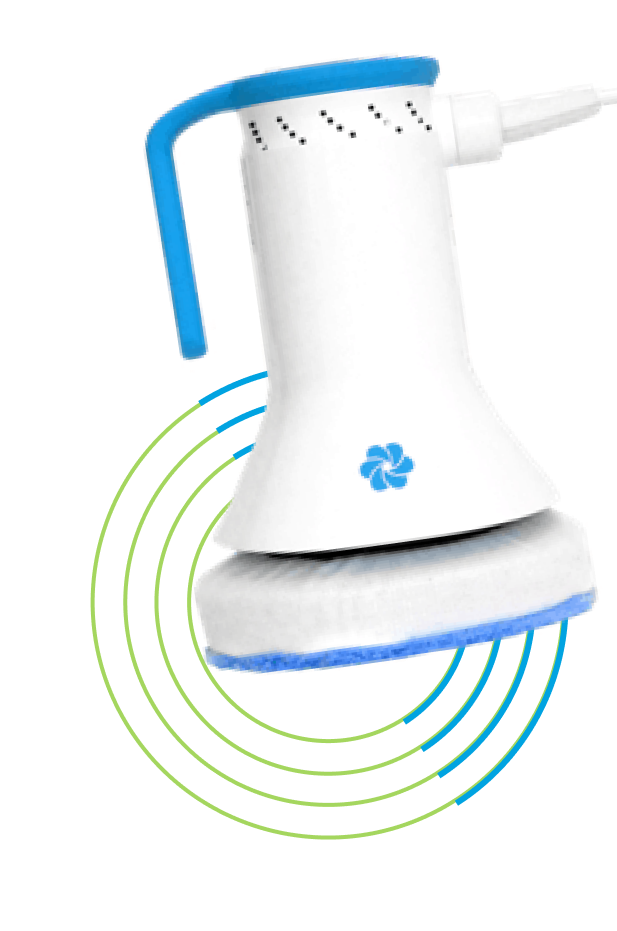How to Keep Track of Your Fitness Progress
Guest Blog Post By Samantha Olivier
Have you gotten your recommended amount of exercise this week? If you are a United States citizen, a safe guess would be no. A recent government study estimates that roughly 80% of adults in the US do not get the recommended amounts of exercise each week, setting themselves up for decades of health problems. CDC researchers studied around 450,000 adults ages 18 and older who were randomly selected across all states. The government recommends people get at least 2.5 hours of moderate-intensity exercise each week, or about 1.4 hours of vigorous-intensity exercise.
People should also engage in muscle-building and strengthening activities, like doing pushups or lifting weights at least twice a week. Gym memberships and “trendy” diets are seemingly not helping the cause. According to statistics compiled by the Statistic Brain Research Institute, more than two thirds of Americans who have a gym membership don’t actually use it at all. In most cases, people want to see instant results, and if after a few weeks of hard workouts, the results are not visible, your average Joe gives up. However, if a person wants to see results from each and every workout, he or she needs to track the progress in an exercise journal, according the researchers from the Wake Forest University.
Scales Will Not Tell You the Whole Story
Most people focus too heavily on how much weight they have lost, and when they see that they are not losing weight quickly enough – they give up. However, what most of these people fail to realize is that even if they have not lost any pounds, they could have lost inches and body fat. This especially happens when you are doing resistance and strength exercises rather than cardio. If you are not tracking these measurements and writing them down in your journal, and are just focusing on the scales, then you may not realize how well you are actually doing. Therefore, keep in mind – the scale is not the be all and end all of your fitness progress.
Tracking Calorie Consumption
Let’s start with a simple question- do you know exactly how many calories you consume a day? If you don’t, then how are you going to determine how many calories you need to burn at the gym? It doesn’t matter whether you are trying to gain or lose weight, it is essential that you know how many calories you are consuming. Moreover, if you are exercising only in order to lose weight, you need to realize that exercise amounts for only a small portion of your daily caloric burn. In fact, according to researchers from the National Institute of Health, on average, your body uses only 10% to 30% of calories you consume for physical activity, of which exercise is only a subset. In addition, it is all too easy to go overboard when planning your meals, so finding the right portion size for yourself is vital for your fitness progress.
Tracking Apps
We have had pulse oximeters and pedometers for quite some time now, so it should not surprise you how many tracking devices and wearables centered on fitness and health are out there. Some you can wear on your wrist, clip others onto your shirt and some even rest inside of your shoe. You can track everything from the distance traveled and steps taken, to stairs climbed and vigorous physical activity, depending on the device you select.
While most wearables measure calorie consumption reasonably accurately, each product on the market measures specific types of activity to varying degrees of accuracy. A 2015 study by the Iowa State University has revealed that when it comes to measuring sedentary, aerobic and resistance training, the accuracy of wearables (including Fitbit Flex, Nike+ FuelBand SE Misfit Shine and Jawbone UP 24) varies quite a bit. Not surprisingly, Fitbit achieved the lowest overall error rates across the categories of 16.8%, however, when it comes to results for aerobic activity, the product did not do well, with 34.7 error rates. The point is – there is no ultimate solution, and the choice of your wearable device depends on your personal need and fitness goals.
Instead of relying on a single way of tracking your progress, incorporate different trackers into your life, and if you put in the work necessary, the results will not fail to show up.
About the Author
Samantha has a B.Sc. in nutrition, and has spent two years working as a personal trainer. Since then, she has embarked on a mission to conquer the blogosphere. When not in the gym or on the track, you can find her on Twitter, or in a tea shop. You can read more of her work over at Ripped.me




